Reviews
The Tudor Oyster
So what exactly is an Oyster? Like the exoskeleton that protects the underwater shellfish whose name it takes, the Wilsdorf-designed system would hermetically seal the movement inside the case. This was achieved by two main principles — screws and seals. He developed a winding and setting crown that screwed down against the side of the case, making the traditionally vulnerable stem hole impervious to moisture and dust. The same principle was applied to the caseback, which screwed down to the mid-case and was additionally sealed with a rubber gasket. The crystal was sealed too — in the early years via a pressure-fit system and later via a crystal-retaining ring. In fact, this system is still in use today and continues to make modern Rolex and Tudor watches waterproof.
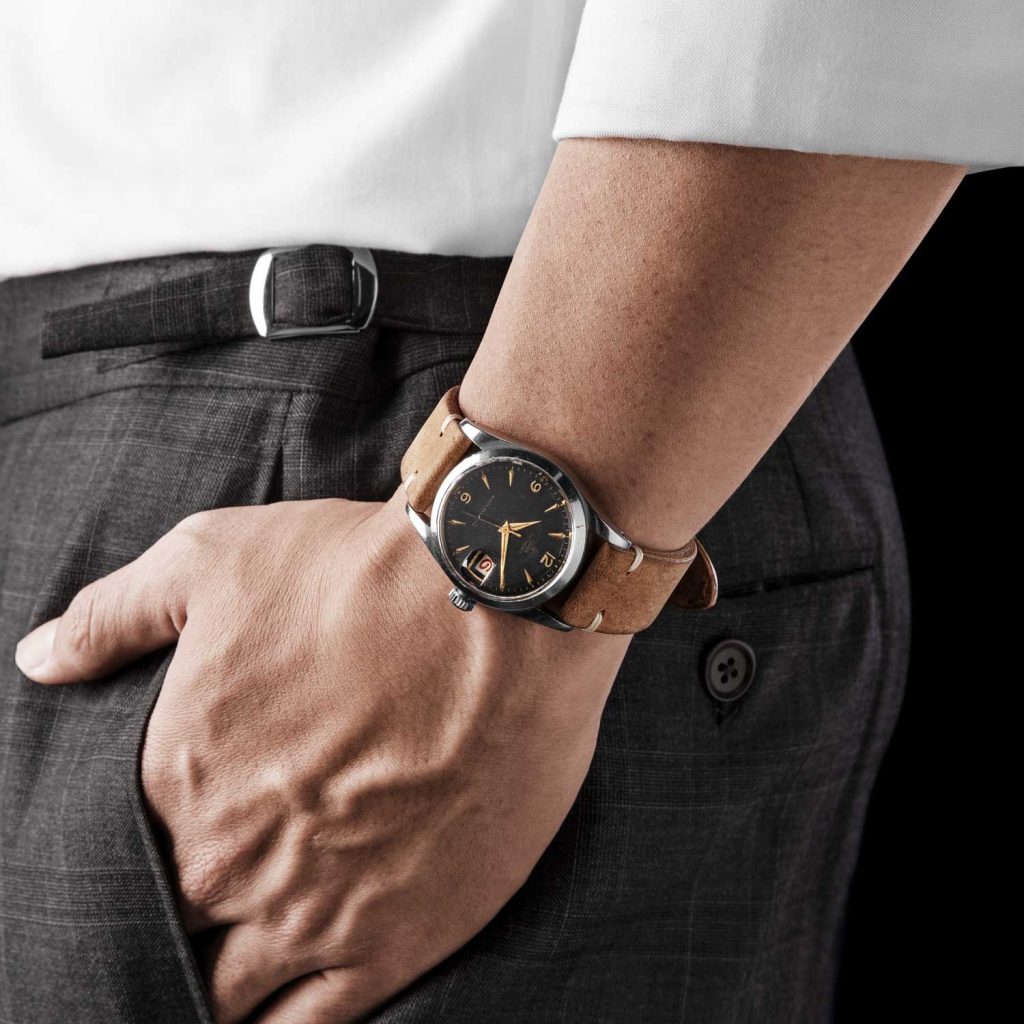
1959 Tudor Oysterdate ref 7929 (Image © Revolution)
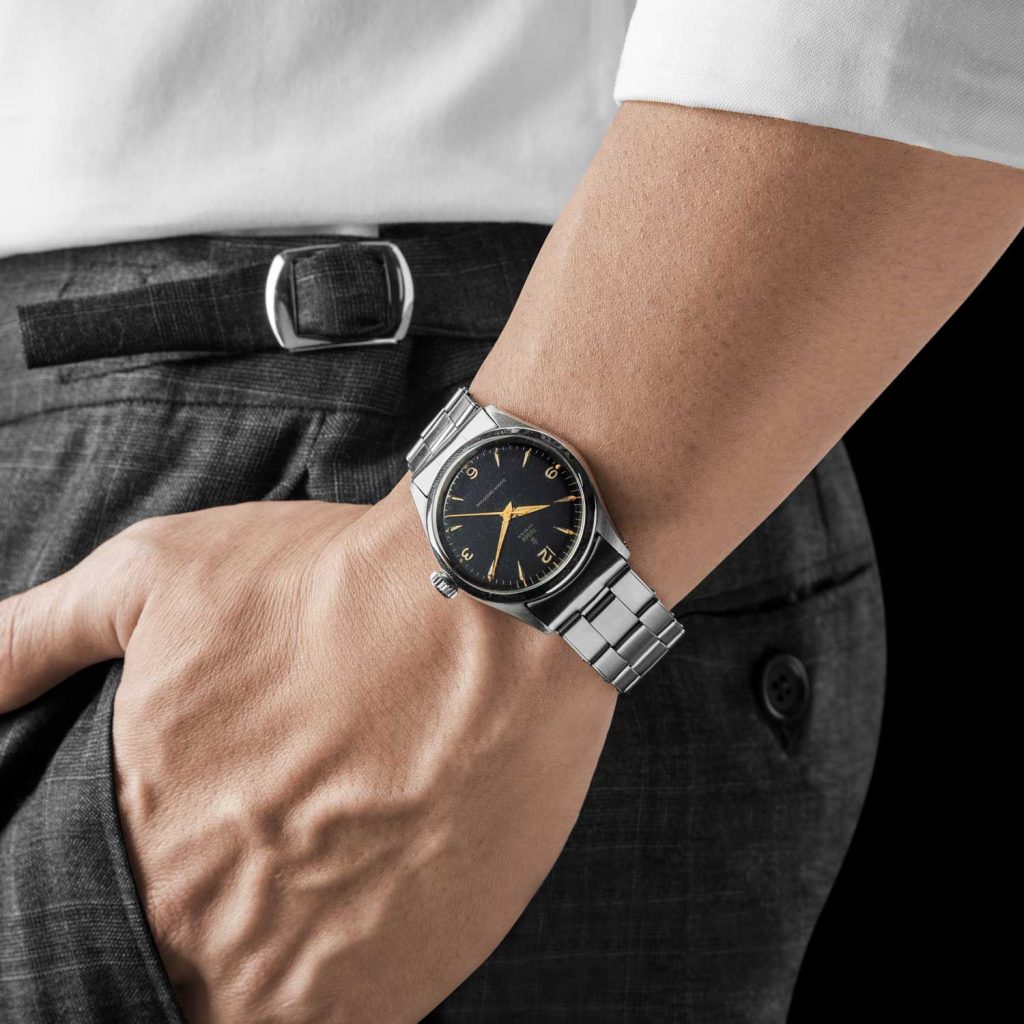
1953 Tudor Oyster ref 7934 (Image © Revolution)
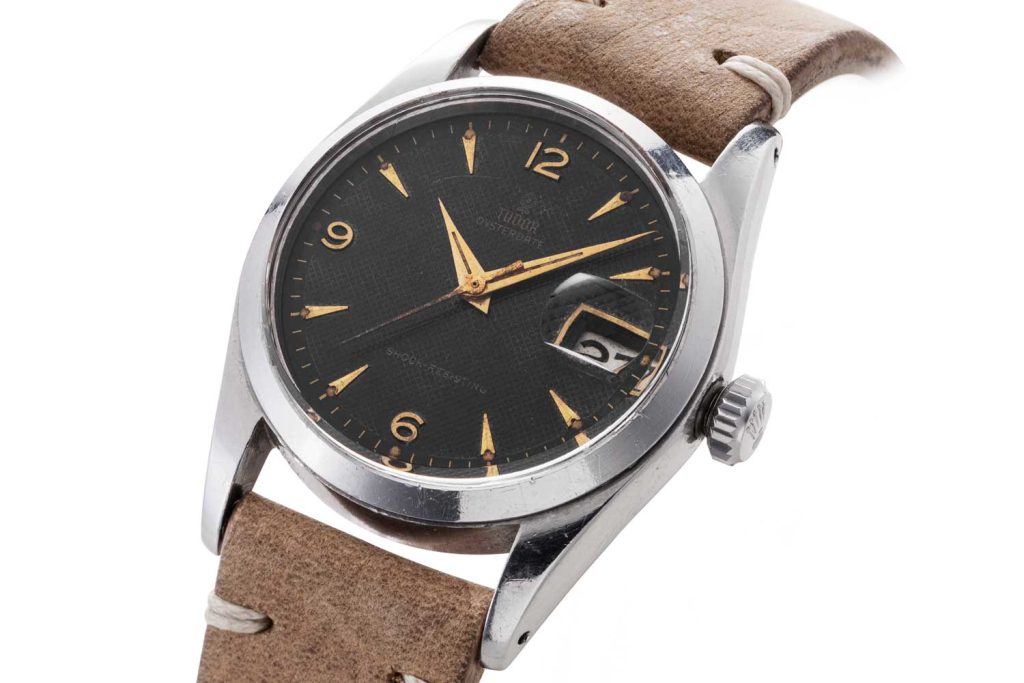
1959 Tudor Oysterdate ref 7929 (Image © Revolution)
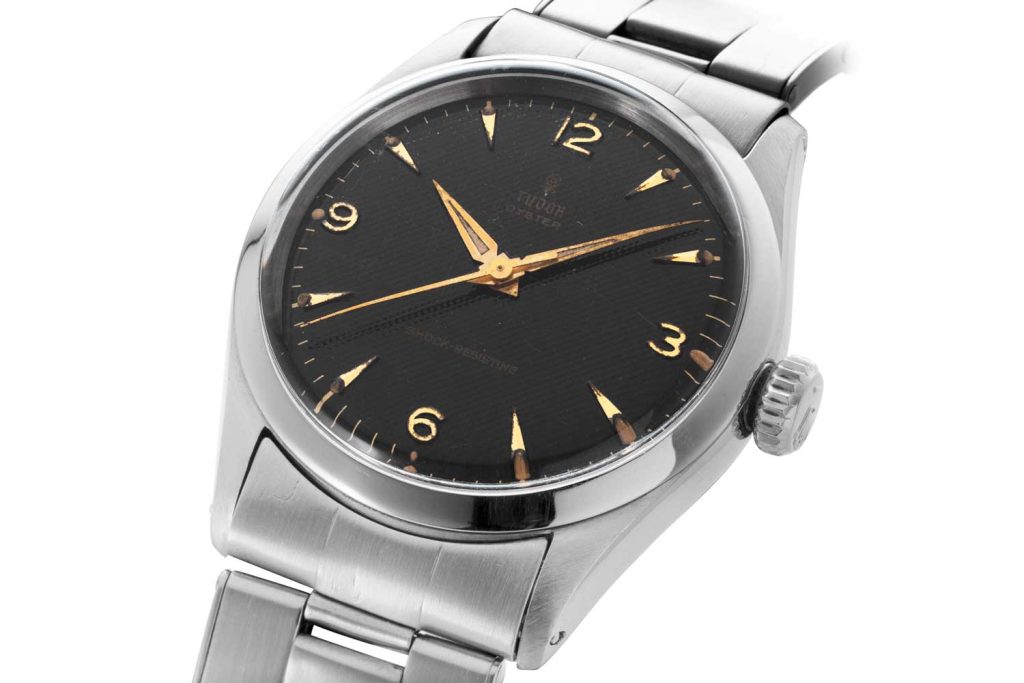
1953 Tudor Oyster ref 7934 (Image © Revolution)
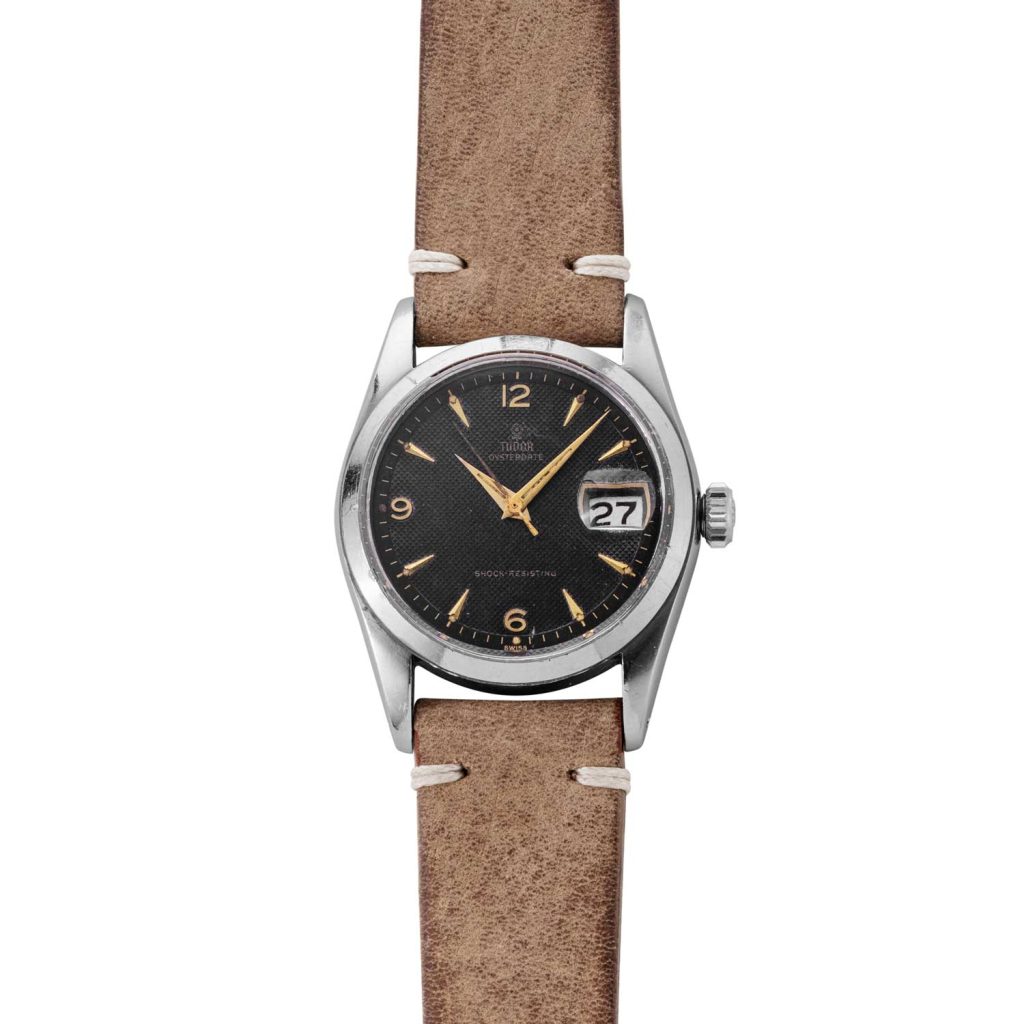
1959 Tudor Oysterdate ref 7929 (Image © Revolution)
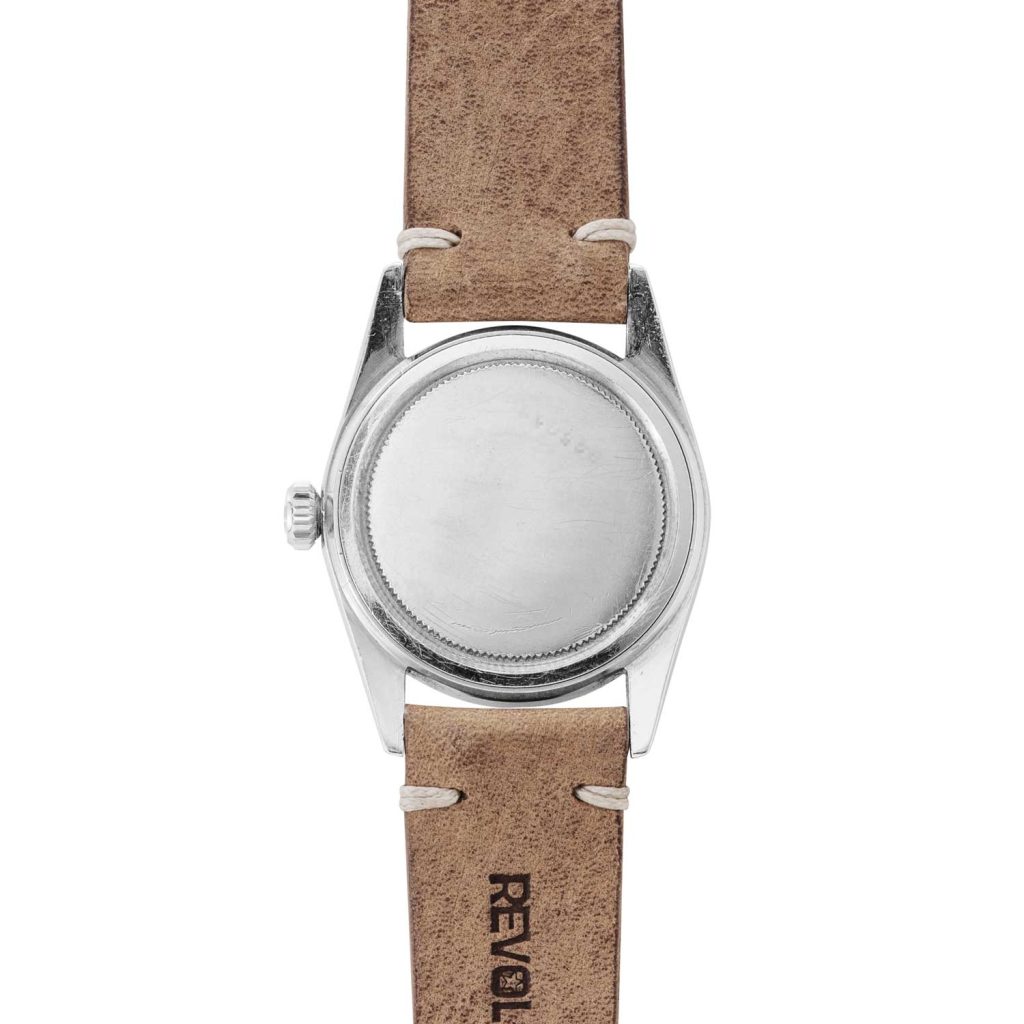
1959 Tudor Oysterdate ref 7929 (Image © Revolution)

1953 Tudor Oyster ref 7934 (Image © Revolution)
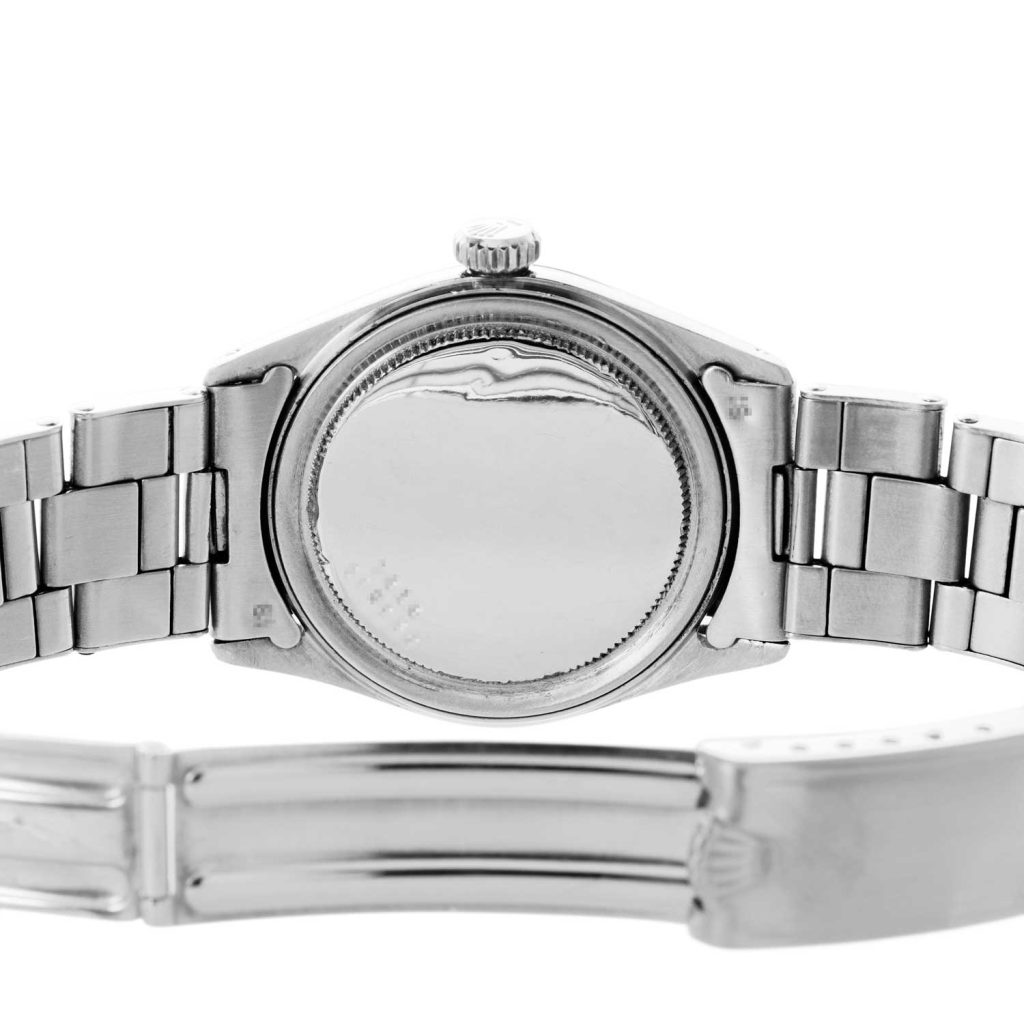
1953 Tudor Oyster ref 7934 (Image © Revolution)
A truly versatile watch in endless variations — whatever you fancy, there’s a vintage Tudor Oyster for you!
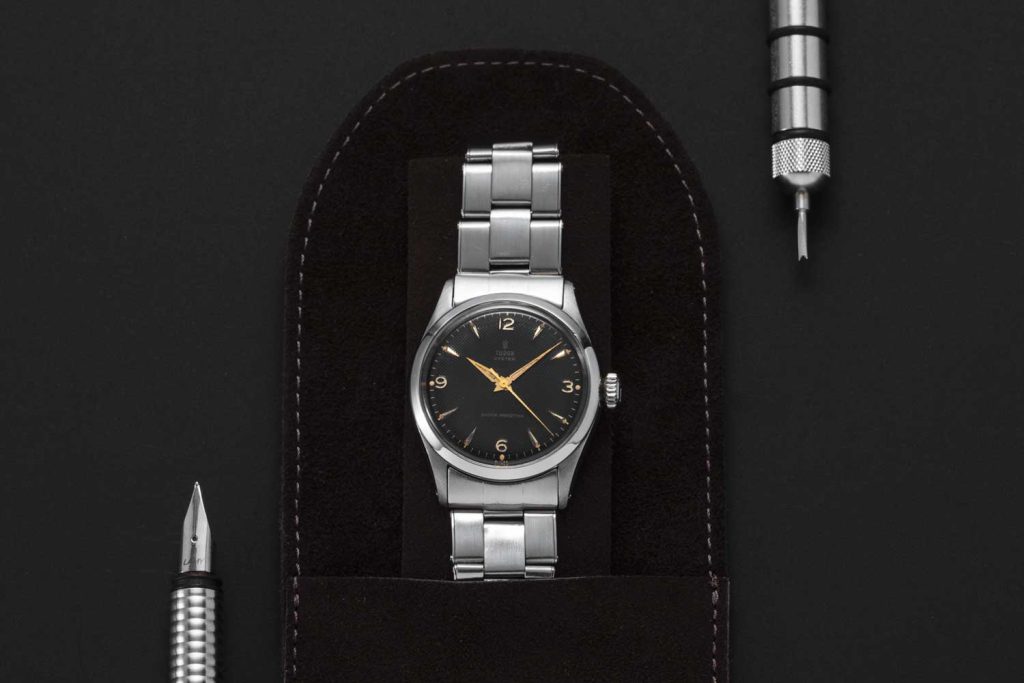
1953 Tudor Oyster ref 7934 (Image © Revolution)










